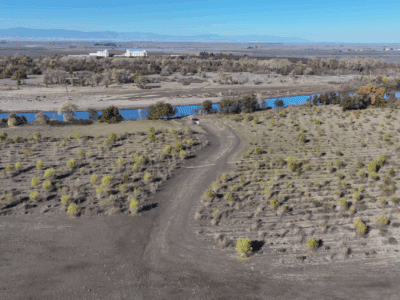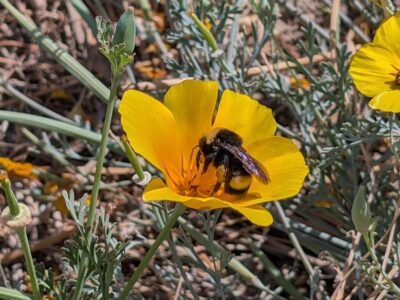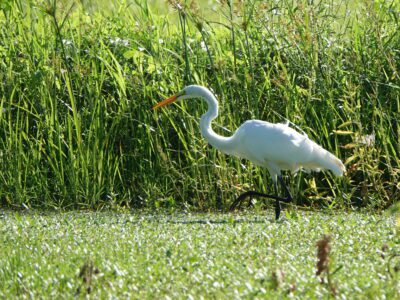Life for California’s endangered salmon has been tough for a very long time.
Approximately 90% of salmon spawning habitat in California has been lost since the late 1840s – when people began building dams and altering the state’s waterways. Scientists estimate that winter-run chinook salmon populations, whose only migration on Earth is along the Sacramento River, have plummeted by 80% since the 1970s. This year’s historic drought, lack of spring snowmelt to fill rivers and streams, and lethal water temperatures during a summer that broke records across the state is making life even harder for these iconic fish.
River Partners is helping write a new chapter for salmon by rewilding riverways like the Sacramento that are critical for their survival. Our Northern California Senior Ecologist, Michael Rogner, explores the current state of salmon in California and how, despite this year’s distressing conditions and low numbers, River Partners and our allies’ innovative efforts to revive the Sacramento provide a glimmer of hope for this keystone species.
How bad are conditions this year for salmon, especially in the Sacramento River?
The conditions are terrible, especially for winter-run Chinook salmon, one of nine species the National Oceanic and Atmospheric Association considers to be most at risk of extinction. Historically, they spawned high in the mountains, but because dams have separated them from those waters, they now rely on cold water being released from Shasta Dam. Due to the current drought, water releases from the dam have been altered and this run of salmon faces 100% failure because the warm water can keep eggs from hatching and also be fatal to those young salmon that do hatch.
Unfortunately, the way water is currently being managed in California doesn’t provide the resiliency that salmon need. As a result, they could be managed right into extinction.
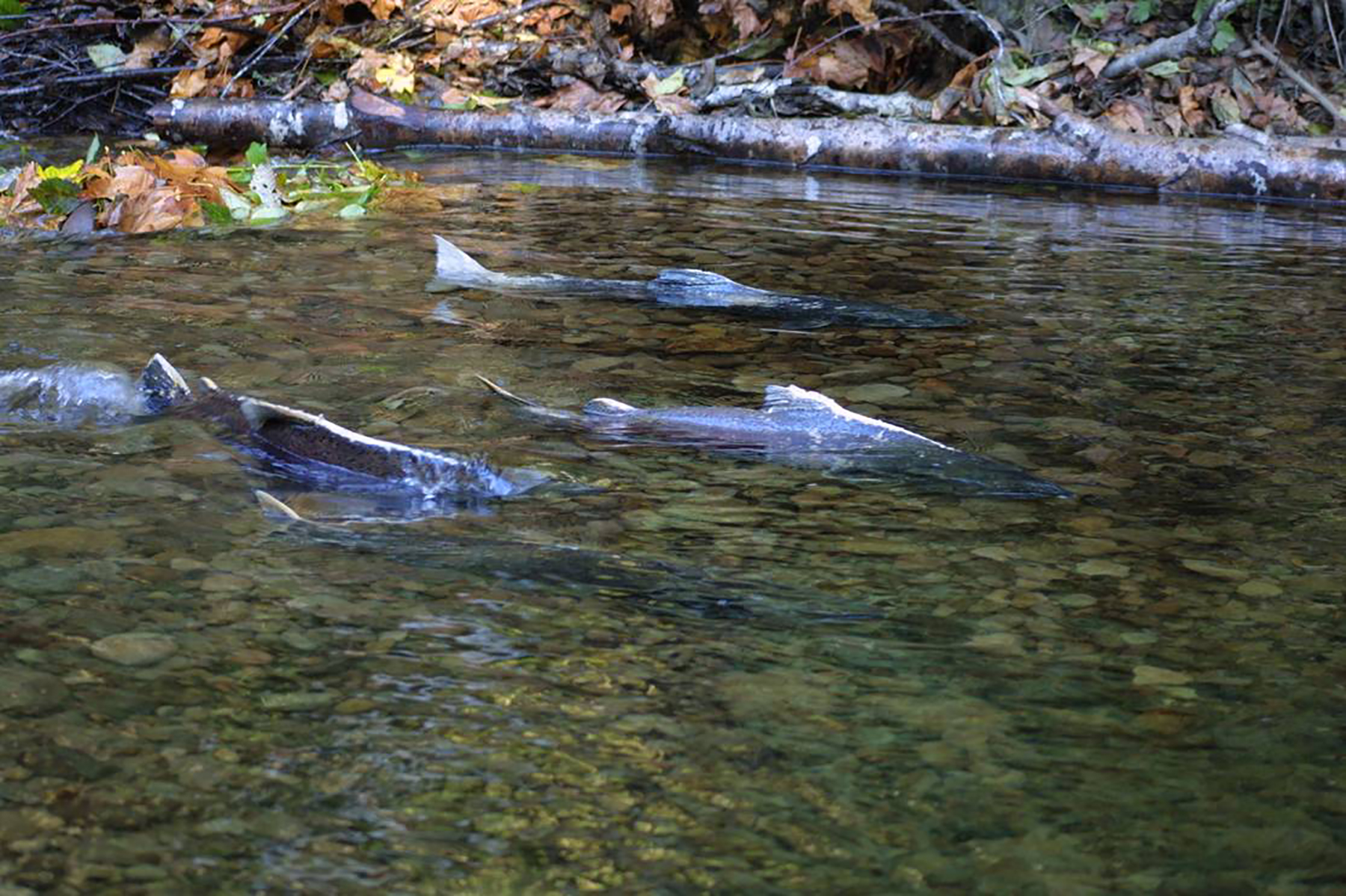
How were salmon populations in the Sacramento River faring prior to the drought?
Not very well. Emergency situations tend to arise every few years. CalTrout and the UC Davis Center for Watershed Sciences recently released a report estimating that 45% of salmon species in California will go extinct in the next 50 years – a trend that has been happening for some time. Something has to change in the way that these fisheries are managed or salmon won’t have a chance.
When it comes to watershed management to protect salmon, we have to do more to build on every success. For example, this year we observed a record run of spring-run salmon on Butte Creek, a tributary of the Sacramento River. But, a near-complete die-off has occurred due to waterborne pathogens thriving in too-warm waters.
What are river side channels and how do they benefit fish?
Before dams, the Sacramento River wasn’t the single channel we see today. It was braided, with lots of structural and flow diversity. Picture narrow arms of calmer water that branch away from the main waterway. Juvenile salmon thrived outside of the main channel of the river where the water is slower and food more plentiful.
Recent research indicates that reopening historic side channels provides much better conditions for juveniles as they migrate toward the Golden Gate – over 300 miles from Shasta Dam, the northern-most terminus of the modern salmon migration along the Sacramento River. The goal is to cultivate an environment so they can get as big as possible before they head out to sea, which then determines their likelihood to return and spawn.
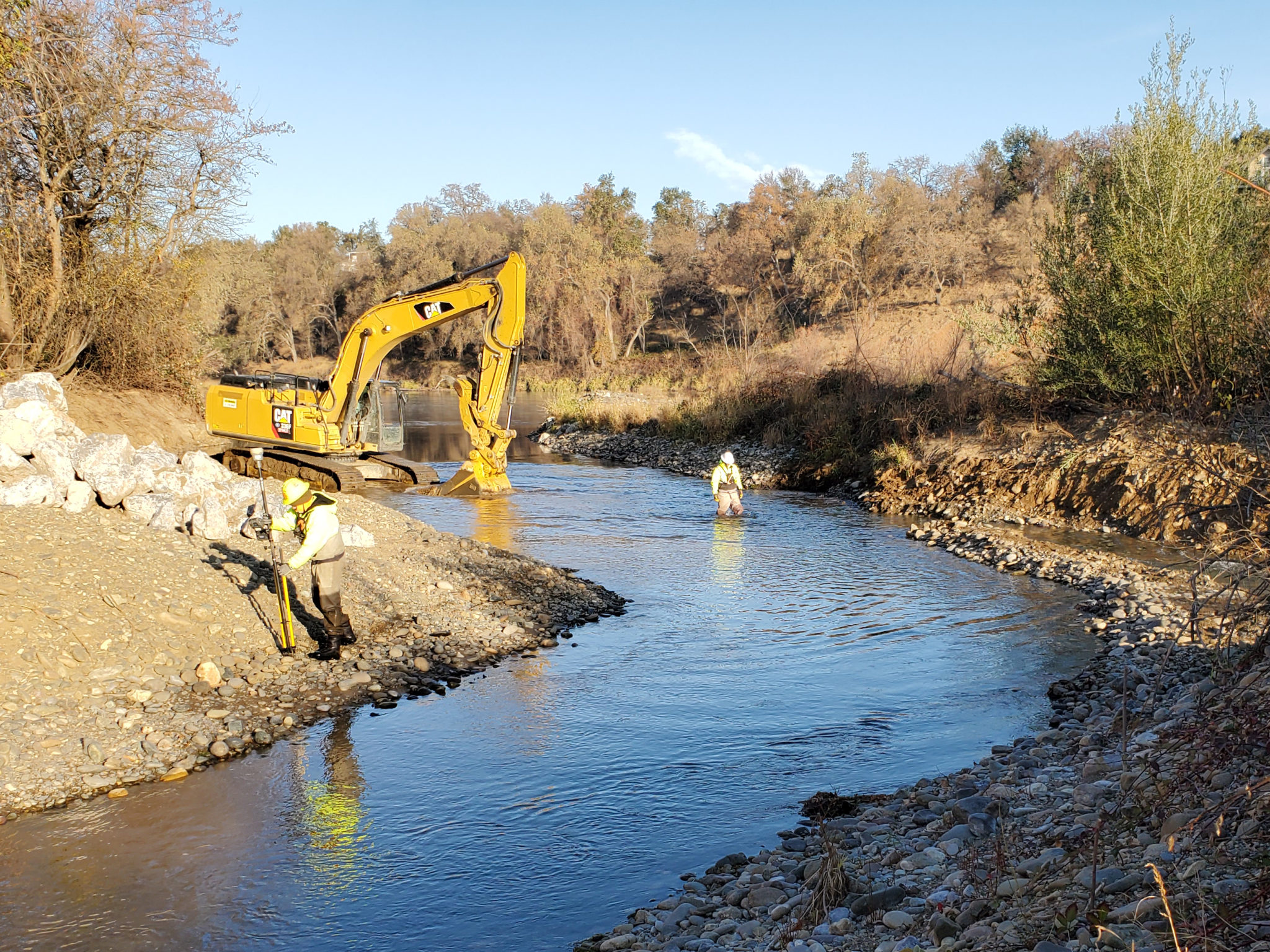
River Partners and allies recently completed four side channels along the Sacramento near Redding. Are those making a difference?
Within weeks of opening the side channels earlier this year, adult salmon were already found spawning and juvenile salmon were observed using the side channels for food and shelter. Fish are being surveyed on these projects to figure out exactly how they are utilizing the channels, which will provide feedback to incorporate into the design for future River Partners projects.
From there, monitoring needs to be expanded to see how the juvenile fish are moving through the entire Sacramento River system. Early returns on that monitoring are extremely positive: Build these channels and salmon will use them.
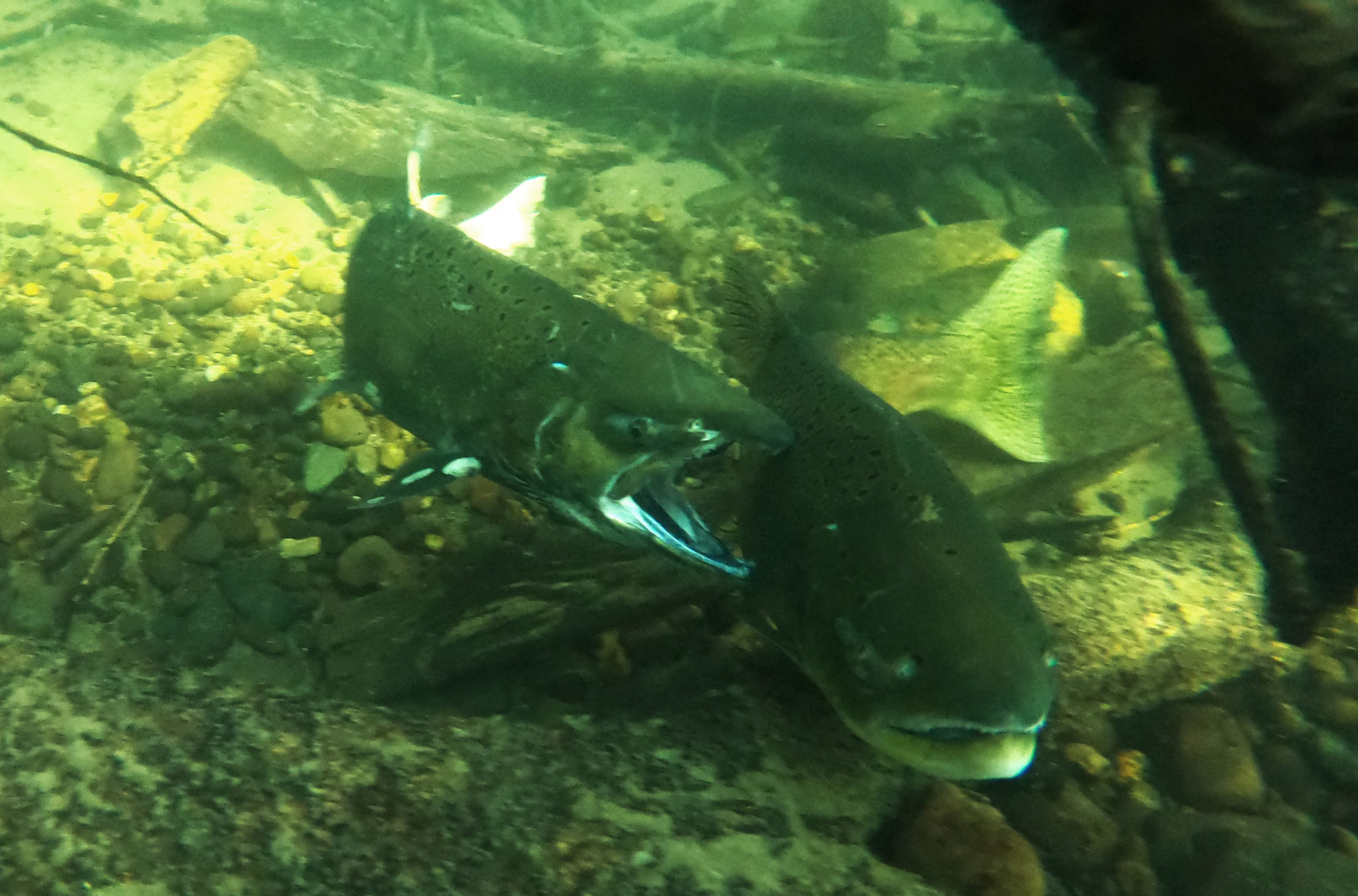
Are there plans for more side channels along the Sacramento?
River Partners is currently working with the Bureau of Reclamation on six more side channel projects between Red Bluff and Hamilton City near Chico. We’re also helping other conservation organizations design and implement their own projects. We’ve partnered with the Yurok tribe–who bring over 20 years of experience on these types of projects from their work on the Trinity River–to help us construct side channels that maximize benefits for fish and remain durable within the highly managed waterways we’re working in.
The good news is that salmon have been facing a huge host of environmental changes to their habitats in the past 100 years–but they’re still here. Now it’s up to us to work hard to improve conditions so they can survive and even thrive in the future.
Learn more about River Partners’ and our allies’ efforts along the Sacramento River to boost salmon populations.


